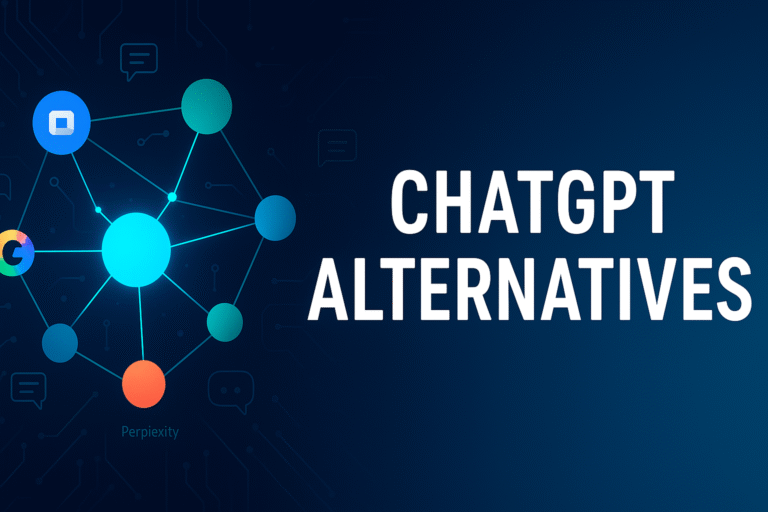NLP? A Toolbox for Overcoming Limiting Thoughts
NLP (Neuro-Linguistic Programming) is a practical set of tools that help individuals eliminate limiting beliefs. It is an approach worth exploring as it enables professional growth and development. Are you ready to make the changes you have been thinking about for so long?
What is NLP?
- Reprogramming Limiting Thoughts with NLP
- The 5 Key Techniques of NLP
- The Benefits of NLP
- Why Train in NLP?
What is NLP?
NLP stands for Neuro-Linguistic Programming. This approach emerged in the 1970s in California, a dynamic period that also saw the rise of the hippie movement, humanistic psychology, and the development of Silicon Valley.
NLP lies at the crossroads of behavioral, cognitive, and humanistic psychology. According to Marie-Aude Millet, a trainer at Cegos, “NLP is a vast toolbox inspired by the best practices observed across various psychological approaches of the time. This makes it an extremely valuable communication and change tool.”
NLP: Reprogramming Limiting Thoughts
The founders of NLP, John Grinder and Richard Bandler, drew from psychology, linguistics, computer science, and mathematics. Initially, NLP was a therapeutic approach within the field of brief therapy.
Today, however, NLP is more focused on personal development and coaching. “It is a set of highly practical tools that help individuals shift their mindset and improve daily life,” explains Marie-Aude Millet.
Everyone has a personal “mental map” that can be either helpful or limiting, depending on their goals. NLP aims to reprogram one’s perception of reality by breaking automatic thought patterns. It encourages an internal dialogue in a modified state of consciousness, allowing individuals to discover new ways of thinking and acting.
The 5 Key Techniques of NLP
- Verbal Synchronization
This involves respecting the other person’s perspective. By repeating and rephrasing key elements of their speech, we enhance communication and active listening. - Dissociation
This technique helps gain emotional distance from a situation. “It’s about mentally stepping aside from the present moment,” explains Millet. Similar to mindfulness or sophrology, NLP allows individuals to enter a modified state of consciousness and engage in dialogue with their inner self. Many NLP techniques are derived from hypnosis. - VAKOG Analysis (Visual, Auditory, Kinesthetic, Olfactory, Gustatory)
NLP encourages individuals to reflect on how they perceive their environment through the five senses. By analyzing these perceptions, individuals can reprogram themselves with positive mental anchors. - Anchoring
By linking a physical action to a positive emotional state, anchoring helps individuals navigate difficult situations. “It’s like creating a comforting ‘Proustian madeleine’ to rely on in challenging moments.” - The Meta-Model
This technique identifies cognitive biases in communication, such as generalizations, beliefs, or distortions. The goal is to subtly guide individuals out of these mental traps and unlock new perspectives.
The Benefits of NLP
The primary advantage of NLP is enhanced, empathetic communication. According to Millet, “NLP is almost a philosophy. Its positive approach makes communication smoother and more effective.”
NLP also provides self-coaching tools to navigate personal and professional challenges, such as:
- Low self-esteem
- Fear of taking action
- Repeating mistakes
- Ineffective communication
“Whatever outdated mental programming you wish to change, NLP offers practical and accessible tools for both personal and professional use.”
Why Train in NLP?
What Can You Gain from NLP Training?
Training in NLP helps individuals take a step back and adopt new perspectives.
NLP training provides simple, test-and-learn techniques for improving communication. “Many managers realize that beyond management techniques, everything hinges on good communication. NLP fosters a ‘manager-coach’ mindset, which is extremely valuable,” explains Millet.
One common mistake in leadership is the lack of verbal synchronization—some managers offer solutions in their own words without truly listening to others. NLP corrects this by emphasizing active listening.
While NLP is widely applied in communication, its tools also help individuals manage emotions and resolve conflicts, making it an essential part of personal development.
Real-Life Results
NLP enables individuals to identify challenges and turn them into constructive solutions.
- A participant who struggled with awkward silences learned to reformulate others’ words through verbal synchronization. As a result, they became more confident and professional.
- Another participant who had difficulty speaking in public overcame this fear using anchoring techniques and practical exercises from the training.
“NLP is a game-changer in professional and personal growth,” concludes Marie-Aude Millet.



